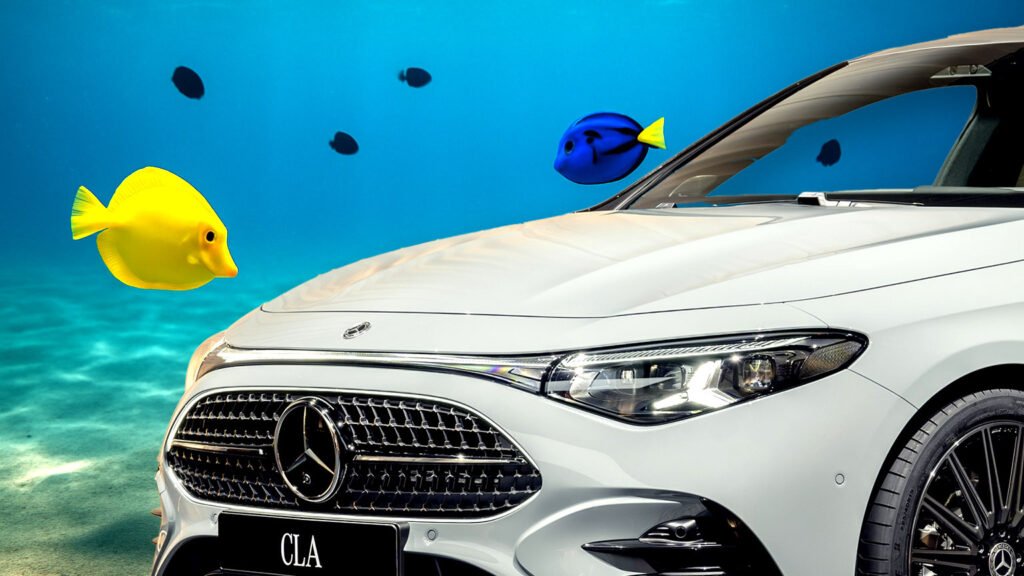

- Over 28 percent of trade-ins are underwater on their loans, Edmunds says.
- The number has increased dramatically from 24.1 percent in Jan-Mar 2025.
- Almost one quarter of underwater loans carries more than $10,000 of debt.
Forget Demogorgons and creepy parallel worlds – there’s an Upside Down far scarier than the one in Stranger Things, and it’s pulling American car buyers under. The world of auto finance has flipped on itself, and the numbers are enough to make even seasoned lenders uneasy.
According to a new report, the average amount owed on upside-down auto loans, where drivers owe more than their car is worth, has climbed to an all-time record high of $6,905.
Related: Ford’s Risky Plan To Boost Truck Sales Smells Like 2008 All Over Again
That means the average motorist in the US is so far underwater they’d need to be a champion free diver to make it safely back to the surface.
And unlike the shadowy realm in the Netflix show, this Upside Down isn’t full of monsters from another dimension, but very real ones like ballooning interest rates, extended loan terms and fast-falling car values.
What’s Dragging Drivers Down?
According to the latest data from Edmunds, more than a quarter of new vehicle trade-ins are underwater. That figure has climbed to a four-year high, increasing from 24.2 percent in the first quarter of 2025 and 26.6 percent in the second, to 28.1 percent in the most recent period.

Yes, an even bigger number of drivers at 31.9 percent, were upside down back in Q1 2021, but those drivers owed less money ($6,880 versus $6,095).
Almost one in three underwater owners owes $5,000 to $10,0000, another new record, and close to one in four is saddled with more than $10,000 of debt. Just think about that for a second.
How Did It Get This Bad?
Edmunds says the problem has been brewing for years. During the pandemic, car prices skyrocketed and buyers stretched their budgets with record-long loans to afford new vehicles.
Now, as used-car values normalize and rates stay high, those same buyers are discovering their cars are worth thousands less than what they still owe. It’s a slow-motion financial horror story playing out in driveways across the country.
In 2020, the average negative equity figure was just over $5,000, according to Edmunds’ data, but the gap has grown jumping by 40 percent in six years, forcing many buyers to roll more borrowing into their next car loan. Throw in a couple of options and that $40,000 new car you were looking at has turned into a $50k one.
In fact, we recently reported that the average new vehicle transaction price in the US has crossed the $50,000 mark for the first time, following more than a year of steady increases.
Edmunds’ analysts say there’s no quick fix for drivers who are underwater, but says the best way to avoid sinking deeper is to resist the temptation to trade early and think long and hard about whether you can really afford – or even need – that next car.
Negative Equity 2019-25
SWIPE
Source Edmunds


